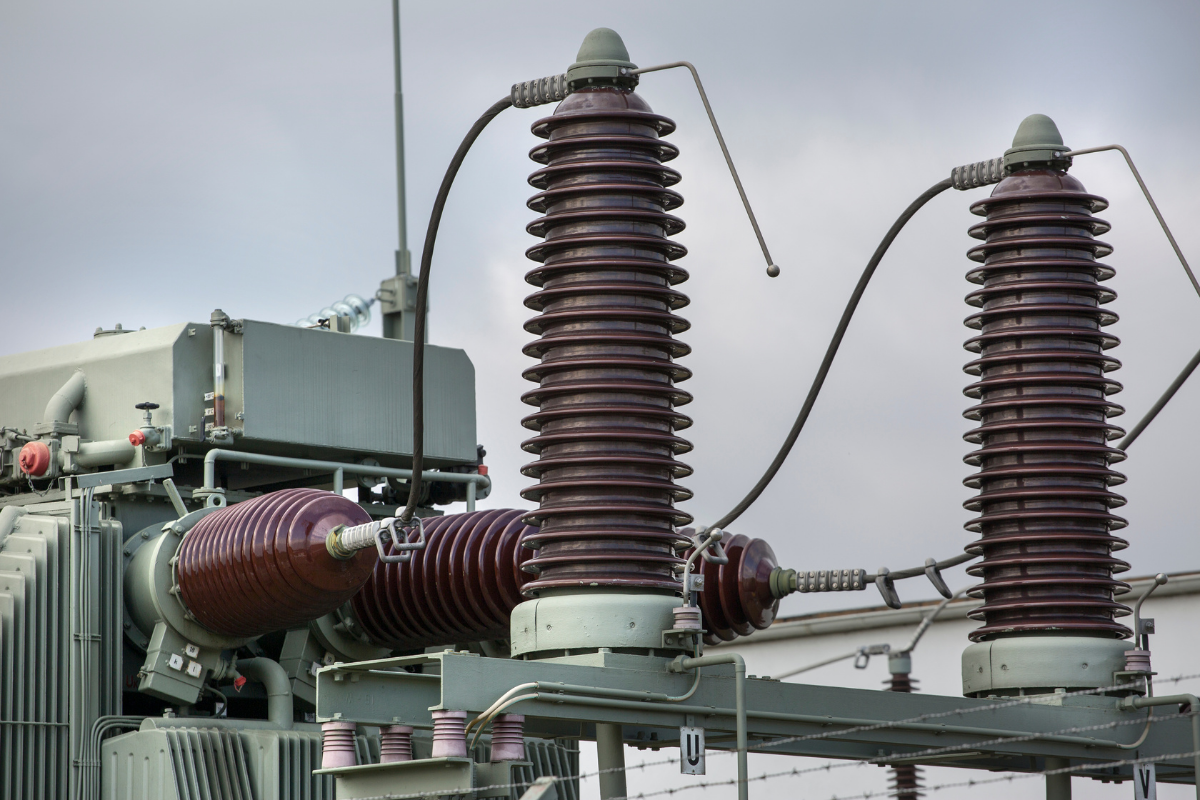Introduction
In the fast-evolving world of electrical power systems, the vacuum circuit breaker has become one of the most reliable and efficient technologies for protecting electrical networks. As industries and utilities move toward smarter, more sustainable, and digital solutions, the Vacuum circuit breaker continues to evolve to meet modern demands. This article explores the current innovations, future trends, and advantages of vacuum circuit breaker technology, highlighting why it remains a cornerstone of electrical protection in the 21st century.
What Is a Vacuum Circuit Breaker?
A vacuum circuit breaker is a type of circuit breaker that interrupts the flow of electrical current by extinguishing the arc in a vacuum chamber. When the contacts inside the vacuum circuit breaker separate, the resulting arc is quickly quenched because there are no gases or materials to sustain it. This makes the vacuum circuit breaker exceptionally efficient, reliable, and environmentally friendly. It is widely used in medium-voltage applications such as power plants, substations, and industrial systems.
Evolution of Vacuum Circuit Breaker Technology
The vacuum circuit breaker has undergone significant advancements since its introduction in the mid-20th century. Early designs were primarily mechanical and required regular maintenance. However, modern vacuum circuit breaker models now feature advanced materials, digital sensors, and automated controls that enhance performance and extend service life. The use of high-quality vacuum interrupters and contact materials has improved arc extinction and minimized erosion, allowing the vacuum circuit breaker to handle higher fault currents with greater reliability.
Advantages of Vacuum Circuit Breakers
The vacuum circuit breaker offers several key advantages that make it superior to other types of circuit breakers, such as air or oil circuit breakers.
- High Reliability: The vacuum medium ensures minimal wear and tear, making the vacuum circuit breaker durable and long-lasting.
- Low Maintenance: Since there are no gases or liquids to replace, the vacuum circuit breaker requires little maintenance compared to alternatives.
- Environmental Safety: The vacuum circuit breaker does not use SF6 gas, a potent greenhouse gas, making it an eco-friendly choice.
- Fast Interruption: The arc in a vacuum circuit breaker extinguishes almost instantaneously, improving system protection.
- Compact Design: Modern vacuum circuit breaker units are smaller and lighter, making them ideal for compact substations and urban installations.
Technological Innovations in Vacuum Circuit Breakers
Recent developments have made the vacuum circuit breaker even more advanced. Manufacturers are integrating smart sensors, IoT connectivity, and digital monitoring systems to enhance performance and predictive maintenance. Smart vacuum circuit breaker technology enables operators to remotely monitor breaker health, contact wear, and fault events in real time. This digital integration ensures higher system uptime, better fault diagnosis, and reduced operational costs.
Another innovation in vacuum circuit breaker design is the use of magnetic actuation systems, replacing traditional spring mechanisms. These systems improve switching accuracy, reduce mechanical wear, and enable faster response times. As automation grows in electrical infrastructure, the vacuum circuit breaker is becoming an essential part of intelligent power grids.
Applications of Vacuum Circuit Breaker Technology
The vacuum circuit breaker is widely used across various industries and power systems. In medium-voltage networks, it protects transformers, feeders, and generators from overloads and short circuits. In industrial applications, the vacuum circuit breaker ensures smooth and safe operations by preventing equipment damage. Utilities rely on vacuum circuit breaker systems to safeguard substations and maintain power reliability for residential and commercial users.
With the increasing integration of renewable energy sources, such as solar and wind, the vacuum circuit breaker plays a crucial role in ensuring grid stability. Its ability to handle high inrush currents and frequent operations makes it ideal for renewable installations that require fast, clean switching performance.
The Role of Digitalization and Smart Grids
Digital transformation is shaping the future of power systems, and the vacuum circuit breaker is at the center of this change. Smart grids demand real-time data, predictive analytics, and automated control systems. The digital vacuum circuit breaker meets these requirements by combining traditional protection with modern intelligence. Equipped with sensors and communication modules, the vacuum circuit breaker can send data to control centers, helping operators make faster, data-driven decisions.
In the future, artificial intelligence and machine learning will further enhance vacuum circuit breaker performance. Predictive algorithms can analyze data trends to forecast maintenance needs, preventing unexpected failures and optimizing energy distribution.
Sustainability and Environmental Impact
As industries shift toward sustainable technologies, the vacuum circuit breaker stands out as an eco-friendly option. Unlike SF6-based circuit breakers, the vacuum circuit breaker does not release harmful gases. Its recyclable components and long operational life contribute to reduced waste and environmental impact. Utilities and industries adopting vacuum circuit breaker technology are not only improving reliability but also supporting global sustainability goals.
The Future Outlook
The future of the vacuum circuit breaker is promising, with continued innovation focused on improving efficiency, intelligence, and sustainability. Manufacturers are developing solid-state and hybrid vacuum circuit breaker designs that combine the speed of semiconductor switching with the robustness of vacuum technology. These next-generation breakers will deliver even faster response times, enhanced safety, and lower maintenance costs.
Moreover, as power grids become more decentralized and complex, the vacuum circuit breaker will remain a key enabler of resilience and flexibility. From renewable integration to industrial automation, the vacuum circuit breaker will continue to play a vital role in the secure and efficient management of electrical power.
Conclusion
The vacuum circuit breaker represents the future of reliable and sustainable electrical protection. Its combination of high performance, environmental safety, and technological adaptability makes it indispensable in modern power systems. As innovations in digitalization, materials, and automation advance, the vacuum circuit breaker will evolve to meet the growing demands of energy efficiency, grid intelligence, and environmental responsibility.
Aierway recognizes that the vacuum circuit breaker is not just a component but a cornerstone of the modern energy ecosystem—shaping a smarter, safer, and more sustainable future for all.
